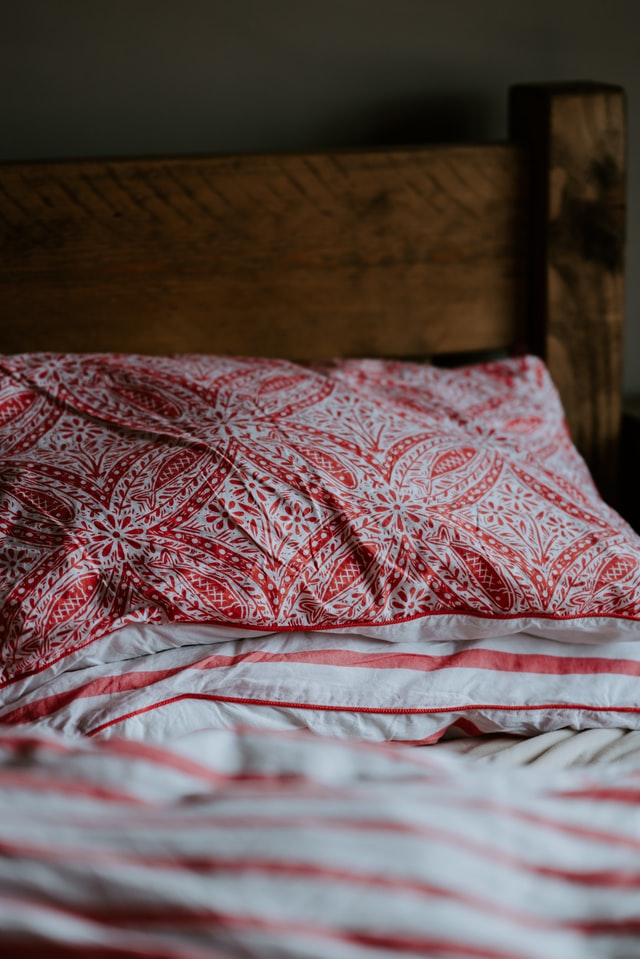China printed fabric wholesaler says that in recent ten years, pure color clothing fabrics have occupied the mainstream of the clothing fabric market.
In recent years, with the gradual maturity of printing technology, printed fabrics have gradually come into people’s vision.
Due to different printing patterns, the style of printing is also determined.
China printed fabric wholesaler says that therefore, there are various kinds and tastes, and the audience of printed fabrics is wide.
Next, please follow the steps of China printed fabric wholesaler and let’s slowly understand all kinds of knowledge of printing technology.
What are the printing techniques?
China printed fabric wholesaler explain mainly from common process classification
Screen printing
As the name suggests, it is printed through a screen.
Where printing is needed, let the color paste pass through, and where printing is not needed, seal it with polymer.
Therefore, a color needs a screen. Printing has high requirements for flowers.
If it is slightly biased, it will cause color overlap.
China printed fabric wholesaler says that screen printing is divided into automatic screen printing (flat screen printing) and manual screen printing.
Automatic screen printing is faster and more efficient.

Round screen printing
Press paste printing on the hollowed out pattern through a rotating shaft.
China printed fabric wholesaler says that round screen printing has the advantages of roller printing and flat screen printing. Round screen printing began to replace roller printing.
The efficiency is very high and the output is large. But there are limitations in the color.
Transfer printing
One of the most popular printing processes on the market.
Transfer printing refers to the production of heat transfer printing paper by printing pattern on a specific gravure paper with disperse dye and ink.
China printed fabric wholesaler says that then print the corresponding pattern on the fabric under the condition of high temperature and high pressure of about 210 ℃ 400t.
This process is called transfer printing.
Transfer printing is characterized by high-grade, which can be different from other printing patterns in that the printing patterns are clearly layered.
China printed fabric wholesaler says because it is printed under high temperature and high pressure, the fabric that can be printed by heat transfer should be resistant to high temperature.
If you can’t resist high temperature, you can’t use heat transfer printing.
Heat transfer printing is more suitable for polyester fabrics with less color and large pattern.
Transfer printing is divided into digital heat transfer printing and traditional heat transfer printing.
Digital printing
Digital printing is a new printing technology in the market.
Mainly through the computer to depict the printed pattern, and then print.
China printed fabric wholesaler says a simple analogy is: digital printing is like printer printing, and heat transfer is like stamping.
Common printing problems:
Printing is a process, often one of the links goes wrong, and the finished printed fabric will be defective.
Here are some common questions:
1. The printing pattern is not correct. Obviously, the problem is that it is not aligned when printing.
2. Too many stops. When printing, the printing machine suddenly stopped, resulting in stop printing.
3. There will be damage at the junction of colors. Due to the reflection of chemical pigments on different colors.
4. There are many color spots. In the process of printing, the net leakage of flat screen will lead to such problems.
What fabrics can be used for printing?
China printed fabric wholesaler says the fabrics that can be used for printing are chemical fiber fabrics and cotton fabrics. \Such as: peach skin velvet fabric, Taslon fabric, chiffon fabric, all cotton fabric, polyester cotton fabric, denim fabric, etc.
In fact, we can not generally say what fabric can be used for what printing, but to subdivide what printing process is suitable for what fabric
This can be more rigorous and accurate. The textile industry needs to be treated with a rigorous attitude.



